By Kyle Ziebarth
Photos courtesy of ICP Group
As temperatures are reaching record-breaking highs in many areas of the country, more industrial and commercial building owners are trying to rein in out-of-control cooling costs. Companies are investigating the solution of adding a “cool roof” (also known as a “white roof”) coating to their building.
By increasing the reflectivity of the roof with these coatings, buildings no longer absorb as much heat as they do with traditional roofing materials alone, which reduces the ambient temperatures of the surrounding area — and, most importantly, inside the building itself. To determine whether a cool roof is right for your building, it is important to understand what their benefits are and the additional benefits they can bring to your commercial or industrial roof.
How a Cool Roof Can Benefit You
Cool roofs are designed to reflect sunlight, unlike more traditional roofing materials. This innovation prevents them from overheating during high temperatures like the ones experienced by much of the United States this past summer.
Cool roofs are often created when an existing roof is coated with reflective substances like acrylic elastomeric or silicone coatings. When properly applied, those two substances offer high ultraviolet (UV) resistance and between 80% and 90% reflectivity. Additionally, they are even more moisture-resistant than untreated roofs.
For the building inhabitants, the advantages of cool roofs are significant. A recent study showed buildings with cool roofs are between 50 and 60 degrees Fahrenheit cooler inside during extreme heat. Such reductions help lower energy costs, reduce the need for expensive air-conditioning equipment, and lower overall maintenance costs because of the improved profile of a cool roof.
How Hot Is the Current Market?
Cool roofs are being tried in many different areas of the country, particularly as more severe summer weather has been predicted for the foreseeable future. The market for cool roofs is projected to have a compound annual growth rate (CAGR) of 5.6% over the next five years, and spending could reach $11.8 billion by 2028, a nearly 64% increase since 2022.
An already vibrant market is also being driven by the incentives included in 2022’s Inflation Reduction Act (IRA). The law offers building owners increased energy efficiency credits from 50 cents to $5 per square foot. Section 179B of the IRA allows building owners to deduct cool roof installation costs from their tax bill. In other words, the cool roof market is expanding exponentially and shows no signs of slowing down anytime soon.
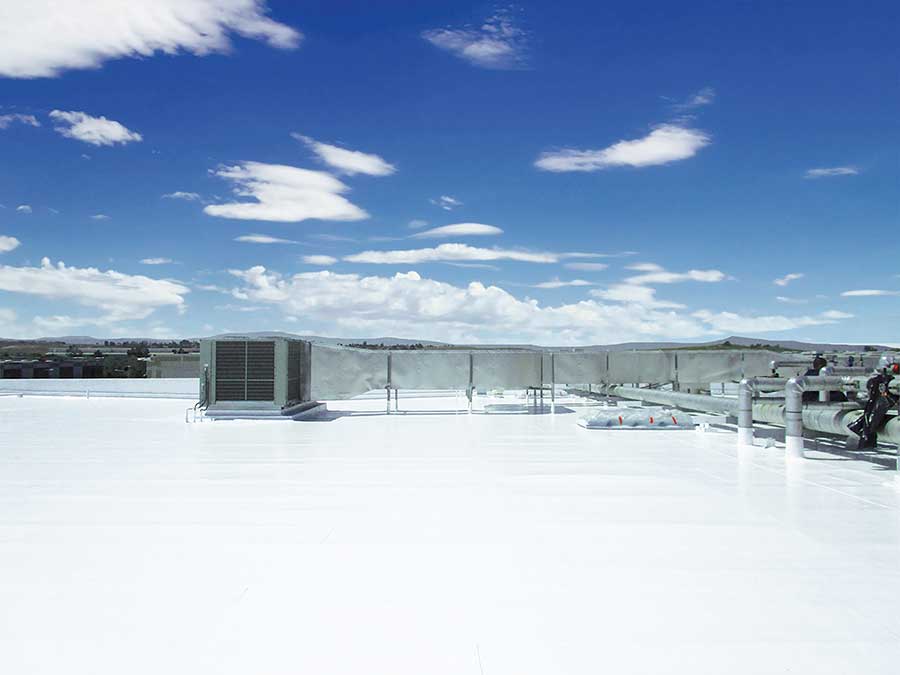
The costs to create a cool roof coating on an existing substrate can range from $400 to $700 per square foot, while a complete roof replacement often begins at $1,000 per square foot.
Counting the Costs (And Savings)
Installing a cool roof instead of a conventional roof is slightly more expensive. The premium paid for cool roof materials is usually between zero and 10 cents per square foot. For roofs where the coating replaces smooth asphalt or aluminum, the cost can range from 10 to 20 cents per square foot.
While it’s impossible to estimate the cool roof costs for every situation, putting cool roof coatings on low-slope roofs can cost between 75 cents and $1.50 per square foot. In contrast, adding a single-ply cool roof membrane can cost between $1.50 and $3 per square foot. The costs of actually installing a cool roof, however, largely remain the same as other roof installation costs — making them a cost-effective solution, particularly when cool roof long-term energy cost savings are factored into the equation.
Take air conditioning. The U.S. Department of Energy has reported that adding a cool roof to an existing commercial or industrial facility can lower annual air conditioning use by nearly 15%. With lower use comes lower maintenance costs because the system doesn’t have to work as hard to cool the building, even in sweltering heat.
Additionally, adding a cool roof coating to an existing roof substrate can save the building owner from having to do a complete tear-off and replacement. Instead, the roof can be repaired and coated to improve durability and longevity The costs to create a cool roof coating on an existing substrate can range from $400 to $700 per square foot, while a complete roof replacement often begins at $1,000 per square foot and goes up from there.
Seek Out Certified Contractors
Cool roof coatings are complex undertakings that should be handled by local professionals who understand how to do the job properly. Coatings manufacturers can also offer up to 20-year warranties if they are installed by a certified contractor, who will also be able to advise which coating makes the most sense for your specific application.
As weather patterns continue to shift toward more heat in the spring and summer, cool roofs are beginning to make more sense than ever before. Adding a protective coating offers a solution that provides building owners with great results, more comfortable buildings, and less overall spending. If you believe a cool roof solution is right for you, make sure to find a partner who can stand beside you every step of the way.

Kyle Ziebarth
Kyle Ziebarth is a Senior Manager – Lead Generation and Inside Sales Marketing at ICP Group. Reach him at
kziebarth@icpgroup.com to find out more.
Fall 2024 Back Issue
$4.95 – $5.95
Cool Roofs Can Revolutionize Your Customer’s Facilities to Beat the Heat
Enhancing Moisture Management with Latex Binders
Benefits of Opting for a Liquid-Applied Roof Coating Over a Complete Tear-off
PVC Membrane Solutions For Aquatic Facility Decks
Crystalline Waterproofing: The Science Behind It & Why It’s Important
Case Study: Terra-Lok Triumph
Description
Description
Cool Roofs Can Revolutionize Your Customer’s Facilities to Beat the Heat
By Kyle Ziebarth
As temperatures are reaching unseasonable highs in many areas of the country, more industrial and commercial building owners are trying to rein in out-of-control cooling costs.
Enhancing Moisture Management with Latex Binders
By Mike Christy
Latex binders are polymers that are found in various applications, including waterproof membranes, roof coatings, and waterproof barrier coatings.
Benefits of Opting for a Liquid-Applied Roof Coating Over a Complete Tear-off
By Edward Klonowski
Many commercial roofing manufacturers offer warranties on the lifespan of commercial roofs. But if your roof is damaged and not under warranty, you have options that may be more cost-effective and waste-avoidant.
PVC Membrane Solutions For Aquatic Facility Decks
By Matthew Sands
Decks around swimming pools and splash pads are often plagued with cracks, chips, broken tile, peeling paint, flaking, and delamination. A cost-effective solution is to cover the existing deck or flooring with reinforced PVC deck membrane.
Crystalline Waterproofing: The Science Behind It & Why It’s Important
By Cassandra Brown
Traditional waterproofing methods rely on a barrier system that prevents water from penetrating the surface. Crystalline waterproofing creates a permanent and self-sealing barrier within the concrete.
Case Study: Terra-Lok Triumph
King Mesa Gin in Lamesa, Texas, faced significant water intrusion in the basement’s “press pit,” threatening the safety of its personnel and the integrity of its equipment and products.
Additional Info
Additional information
| Weight | N/A |
|---|---|
| Magazine Format | Digital Download Magazine, Print Mailed Magazine |

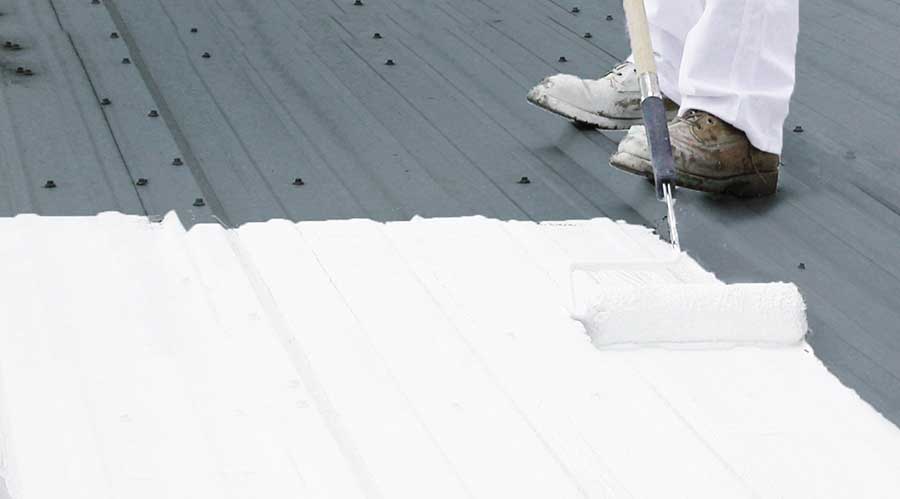
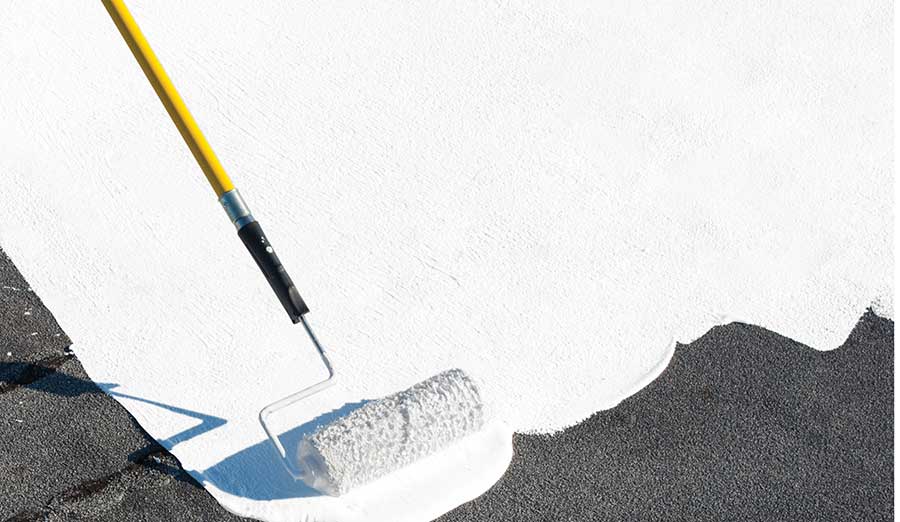
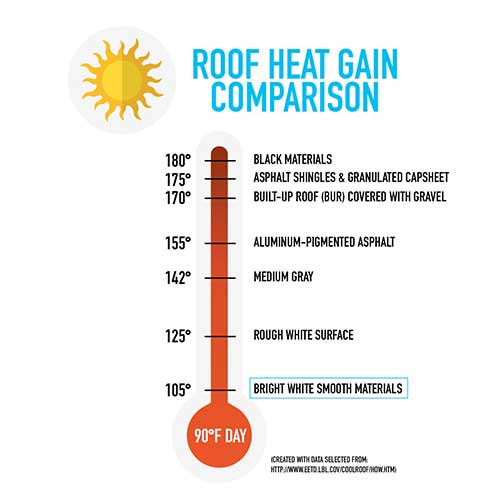
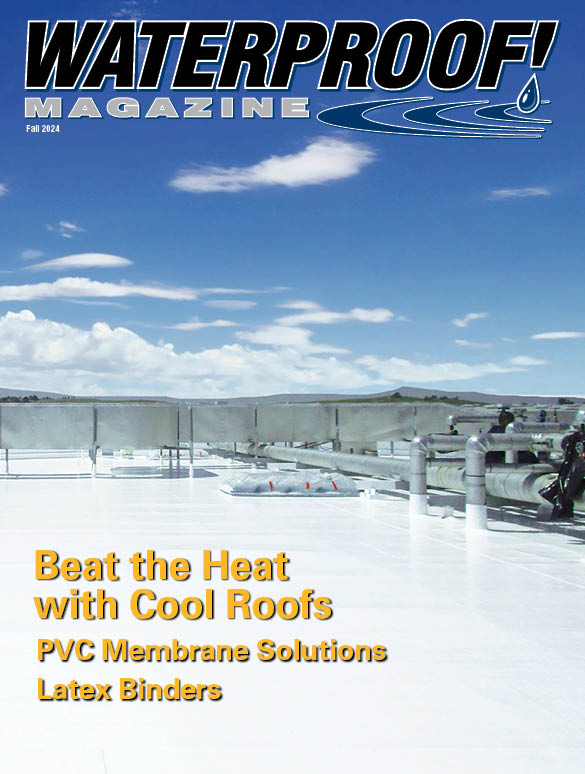
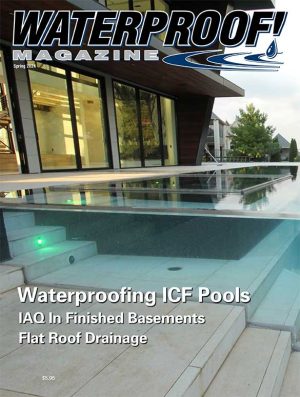
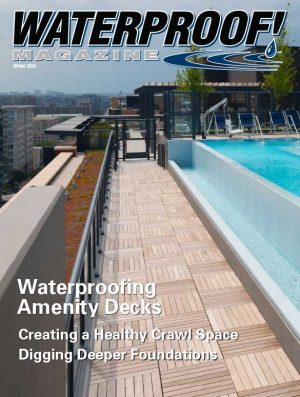
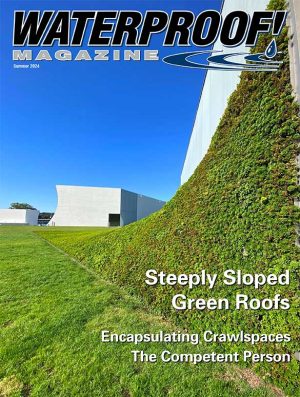

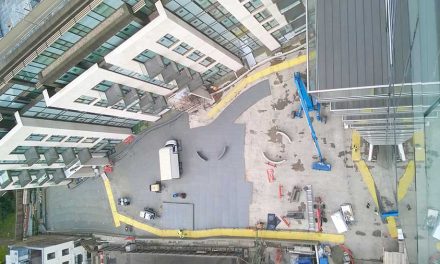
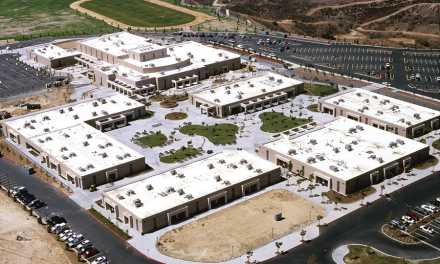
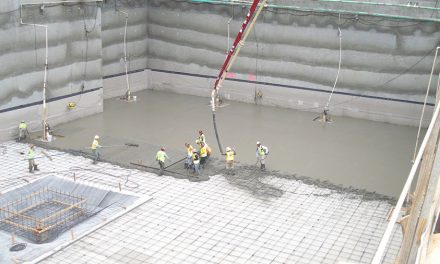
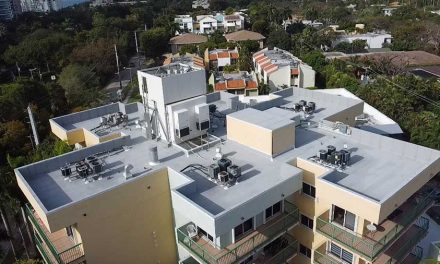










What is the temperature for a green roof compared to the materials in this article?